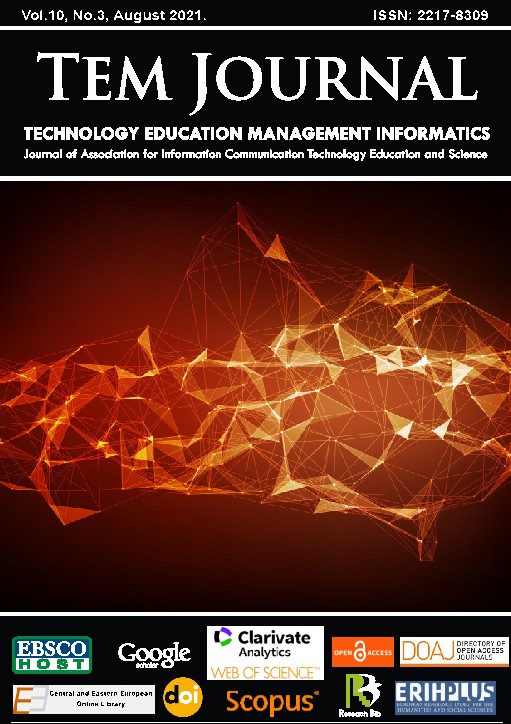Multiple Representation-Based Learning through Cognitive Dissonance Strategy to
Reduce Student’s Misconceptions in Volumetric Analysis
Multiple Representation-Based Learning through Cognitive Dissonance Strategy to
Reduce Student’s Misconceptions in Volumetric Analysis
Author(s): Hayuni Retno Widarti, Anna Permanasari, Sri Mulyani, Deni Ainur Rokhim, Habiddin HabiddinSubject(s): Education
Published by: UIKTEN - Association for Information Communication Technology Education and Science
Keywords: cognitive dissonance; misconceptions; multiple representations; volumetric analysis
Summary/Abstract: This study aimed to determine the contribution of multiple representation-based learning through cognitive dissonance strategy and to reduce misconceptions encountered by chemistry students. A mixed method research with the embedded experimental design was employed in this study involving 66 sophomore students enrolled in the Basics of Analytical Chemistry class. This study used a threetier test diagnostic test of 43 questions that had been validated by the education teams and chemists. The analysis was done by using a t-test and N-gain. The results showed a significant difference between the experimental and the control classes and a greater increase in N-gain in the experimental class (68.56%) compared to the control class (42.42%). The most effective reduction of misconceptions occurred in the subject of argentometric titration, from 33.41 to 8.79 %. This indicates that MRCD cannot completely eliminate misconceptions, especially for concepts related to sub-microscopic and symbolic representations.
Journal: TEM Journal
- Issue Year: 10/2021
- Issue No: 3
- Page Range: 1263-1273
- Page Count: 11
- Language: English

